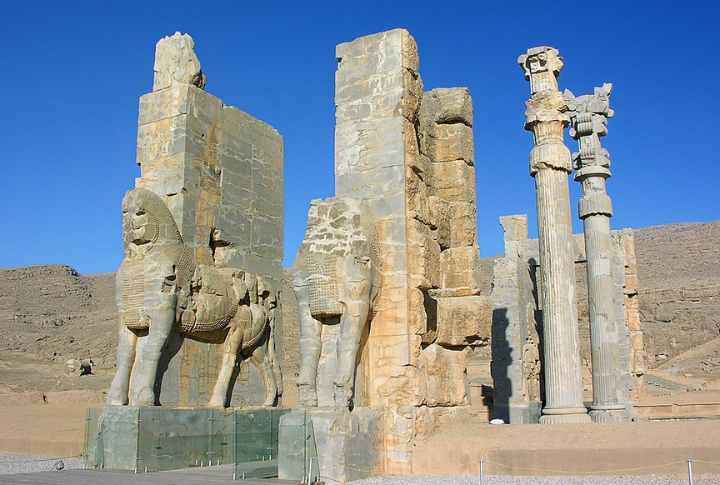
History often shines its light on towering empires like Rome, Egypt, or Mesopotamia, leaving many equally fascinating ancient civilizations in the shadows. These lesser-known societies once thrived with complex cultures and advanced technologies. However, today, they’re often overlooked in mainstream narratives. Here are 20 forgotten ancient civilizations that somehow shaped the world as we know it.
Jiroft Culture (Iran, ca. 3000–2200 BCE)
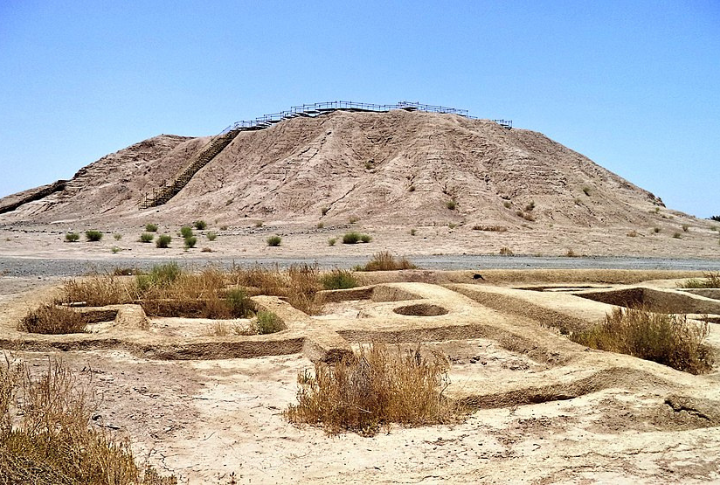
The Jiroft culture thrived in southeastern Iran along the Halil River. Archaeological excavations at sites like Konar Sandal have uncovered distinctive artifacts, including elaborately carved chlorite vessels. Some scholars suggest Jiroft developed its own writing system, potentially predating Mesopotamian cuneiform, though this remains debated. Still, the culture’s urban planning indicates a complex society.
Muisca Confederation (Colombia, ca. 600–1600 CE)
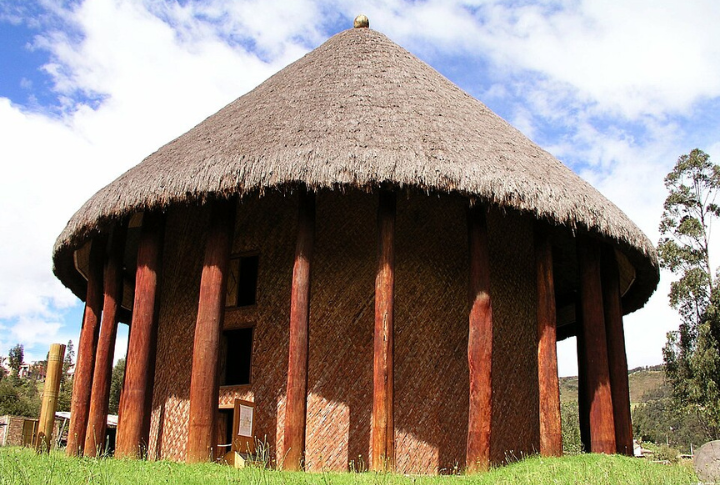
This civilization inhabited the Altiplano Cundiboyacense in present-day Colombia. It was organized into a confederation of chiefdoms and is recognized for its skilled goldwork, which inspired the legend of El Dorado. The Muisca developed advanced agricultural techniques, a complex calendar system, and a rich mythology centered around natural elements.
Kingdom Of Aksum (Ethiopia/Eritrea, ca. 100–940 CE)
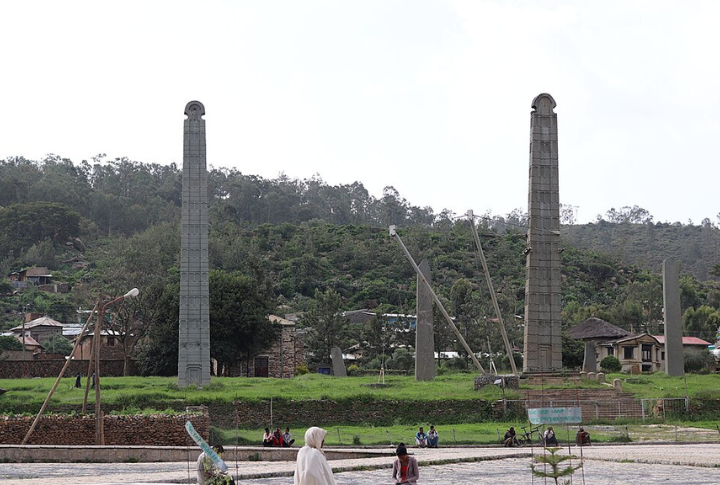
Aksum was a powerful trading empire in the Horn of Africa. Known for its monumental obelisks, it was one of the first major empires to adopt Christianity. The Aksumites controlled trade routes between the Roman Empire and India. They also developed their own script, Ge’ez, which is still used in Ethiopian liturgy.
Sogdian Civilization (Central Asia, ca. 500 BCE–1000 CE)

These were Iranian people who inhabited the region of Sogdiana, which encompassed parts of modern-day Uzbekistan and Tajikistan. As prominent merchants along the Silk Road, they facilitated cultural and economic exchanges between East and West. Sogdian cities became cosmopolitan centers, and their language served as a lingua franca along trade routes.
Zapotec Civilization (Mexico, ca. 700 BCE–1521 CE)
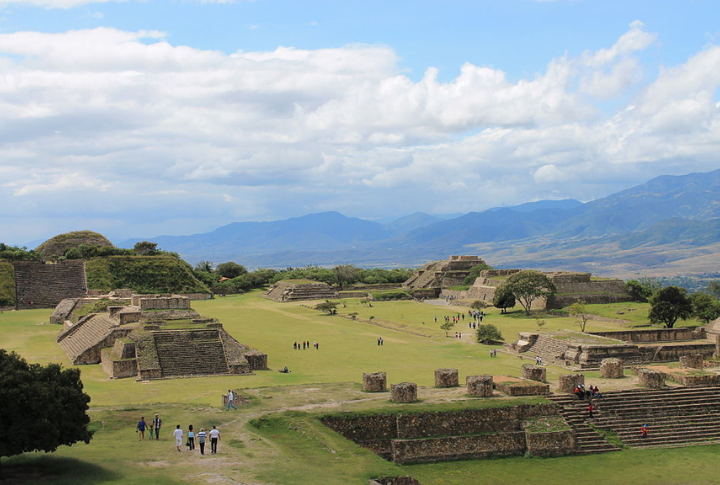
Historically, the Zapotecs established one of Mesoamerica’s earliest complex societies in the Oaxaca Valley. Their capital, Monte Alban, features impressive architecture and one of the earliest writing systems in the Americas. They also developed a calendar system, engaged in extensive trade, and maintained a hierarchical society with a strong priestly class.
Urartu (Eastern Anatolia, ca. 860–590 BCE)
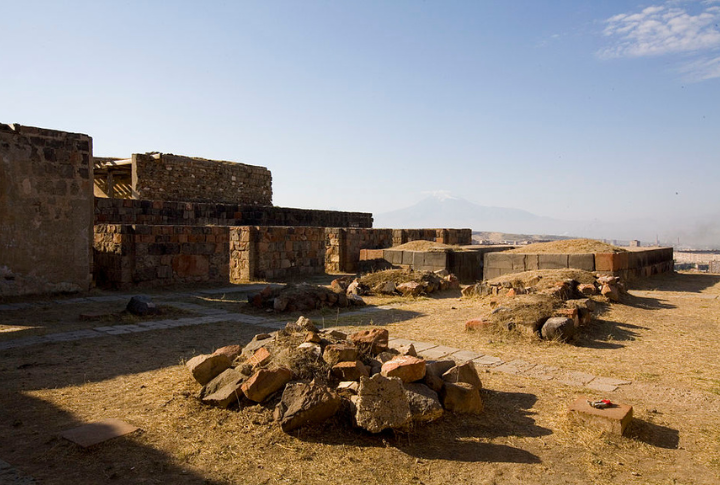
Lake Van in Present-day Turkey was formerly the center of the Urartu kingdom. Known for its advanced metallurgy and irrigation systems, the civilization left behind Urartian inscriptions, written in a unique language using Assyrian cuneiform script. Its decline is attributed to invasions by the Medes and Scythians.
Mitanni Kingdom (Northern Mesopotamia, ca. 1500–1300 BCE)
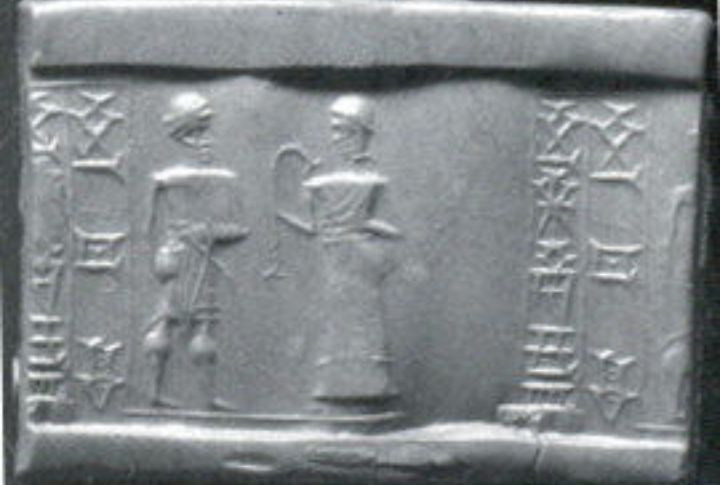
The Mitanni were a Hurrian-speaking people who established a kingdom in northern Mesopotamia. Notable for their chariotry and horse-training techniques, this kingdom influenced neighboring civilizations. Mitanni maintained diplomatic relations with Egypt, as evidenced by correspondence in the Amarna letters. The kingdom eventually fell to the Hittites and Assyrians.
Luwian Civilization (Anatolia, ca. 2000–700 BCE)
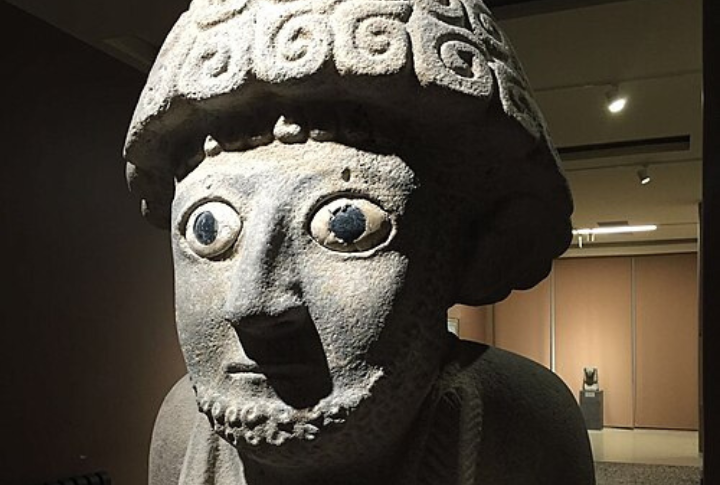
The Luwians’ language was closely related to Hittite. As Anatolian people, they are associated with the so-called “Sea Peoples” and may have contributed to the collapse of Late Bronze Age civilizations. Luwian hieroglyphic inscriptions have been found across western and southern Anatolia. The Luwians eventually assimilated into other emerging cultures.
Dacian Kingdom (Romania, ca. 82 BCE–106 CE)

Known for their fortified cities, called davae, and their conflicts with the Roman Empire, the Dacians lived in the areas now known as Romania and Moldova. Under King Decebalus, they mounted significant resistance against Roman expansion. However, the eventual Roman conquest led to the incorporation of Dacia as a province.
Indus Valley Civilization (Pakistan/India, ca. 3300–1300 BCE)
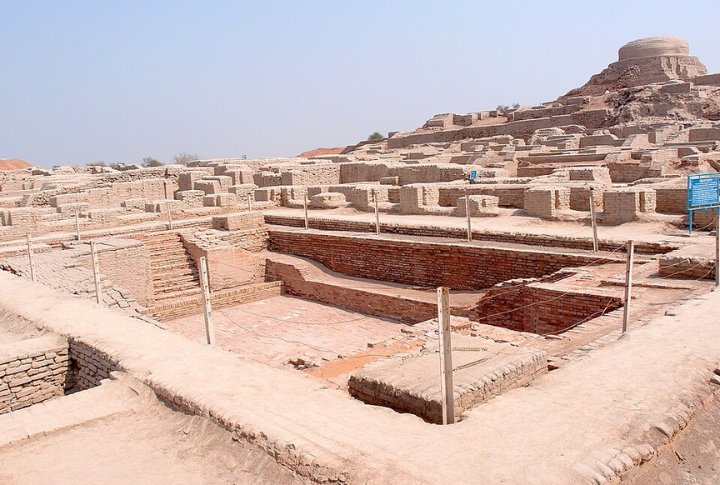
One of the world’s earliest urban cultures is the Indus Valley Civilization, sometimes called the Harappan Civilization. It thrived in South Asia’s northwestern regions and featured organized cities like Harappa and Mohenjo-Daro, with advanced drainage systems. A yet-to-be-deciphered script suggests a complex administrative or religious system.
Yamato Period (Japan, ca. 250–710 CE)

Japan’s first centralized state emerged at the onset of the Yamato Period. During this time, the Japanese imperial family established its dominance, with the Yamato clan claiming descent from the sun goddess Amaterasu. Society was highly stratified, and powerful clans (uji) played major roles in governance.
Nabataean Kingdom (Jordan, ca. 4th Century BCE–106 CE)
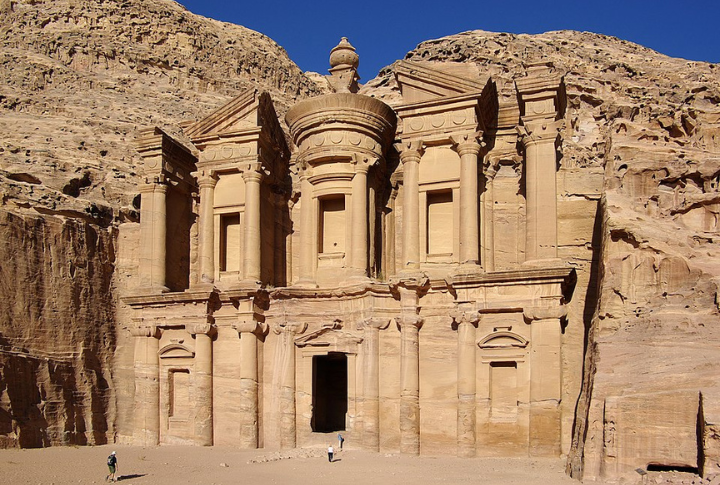
Several regions of modern-day Jordan were once inhabited by the Nabataeans, a prosperous Arabian kingdom with Petra as its capital. The Nabataeans became wealthy through their control of trade routes that transported goods between Arabia and the Mediterranean. Petra is popular for its rock-cut architecture and advanced water management systems.
Tiahuanaco Civilization (Bolivia, ca. 200–1000 CE)
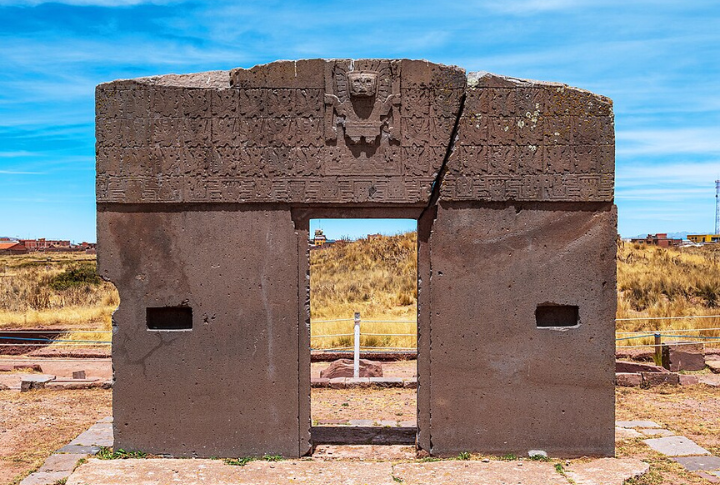
Centered around Lake Titicaca, the Tiahuanaco civilization built one of South America’s most significant pre-Inca cultures, Tiwanaky. The city is known for its massive stone structures, including the Akapana pyramid and the Gateway of the Sun. Their agricultural success relied on raised-field farming techniques that mitigated flooding and drought.
Etruscan Civilization (Italy, ca. 900–27 BCE)

Roman culture, including religious practices and architecture, borrowed heavily from the Etruscans. This civilization inhabited what is now Tuscany in central Italy before the rise of Rome. They had a sophisticated society known for its arts and metallurgy. Etruscans’ writing system was based on a Greek alphabet, though many texts remain undeciphered.
Silla Kingdom (Korea, 57 BCE–935 CE)

Korea once had three Kingdoms; one of them, the Scilla Kingdom, eventually unified much of the Korean Peninsula. The Scillians developed a strong aristocratic society governed by the rigid bone rank system, which determined eligibility for official positions. Embracing Buddhism significantly influenced their art and architecture, as seen in the Bulguksa Temple.
Illyrians (Western Balkans, ca. 2000 BCE–167 BCE)
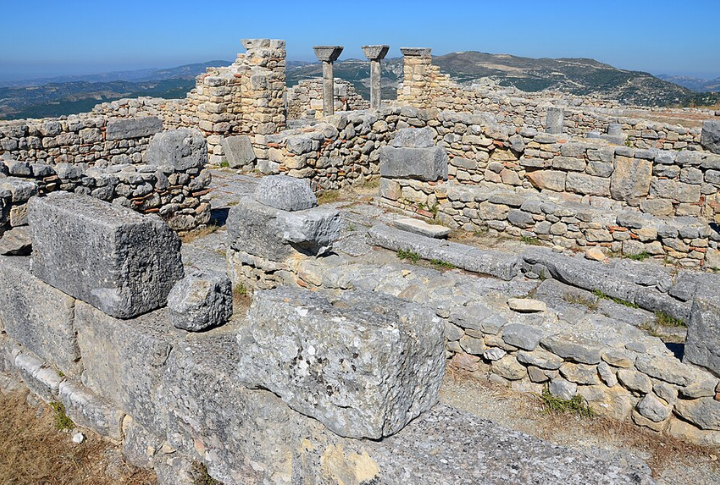
The western Balkans, including modern-day Albania, Bosnia, and parts of Croatia and Serbia, were once inhabited by the Illyrians. They engaged in piracy and controlled key maritime routes in the Adriatic Sea. The people fiercely resisted Roman expansion, but after the Roman conquest, the culture was assimilated into the empire.
Elamite Civilization (Iran, ca. 2700–539 BCE)

Located in southwestern Iran, the Elamite civilization was one of the earliest in the Near East. Its capital, Susa, became an administrative and religious center. Elamites developed a writing system, though later texts were written in Akkadian. The kingdom featured joint rule among kings and had frequent conflicts and alliances with Mesopotamian powers.
Sabean Kingdom (Yemen, ca. 1200 BCE–275 CE)
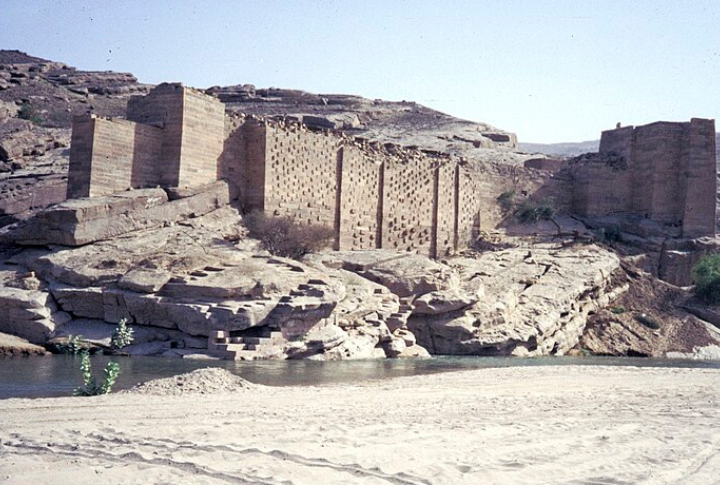
Several Biblical stories, like the Queen of Sheba, mention the Sabeans, a kingdom that thrived in southern Arabia. The Sabeans controlled the incense trade and developed an elaborate irrigation system to support agriculture in the arid region. Their capital, Ma’rib, had a massive dam—an engineering marvel of the ancient world.
Kingdom Of Himyar (Yemen, ca. 110 BCE–525 CE)
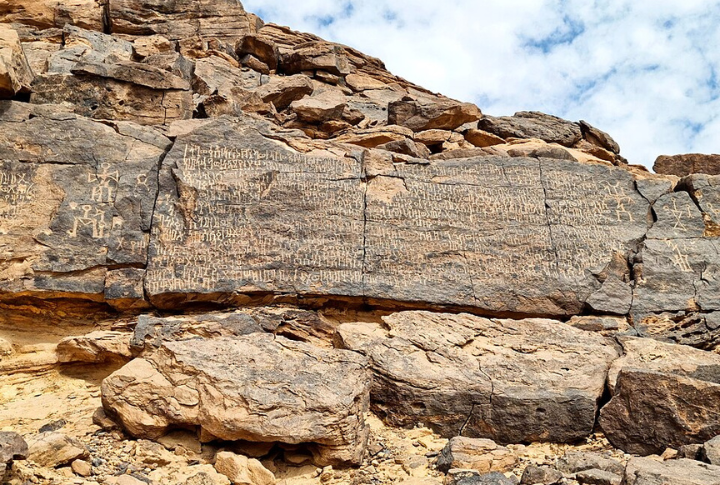
After the decline of the Sabean Kingdom, power shifted to the Himyarite Kingdom in southern Arabia. This emerging civilization united much of Yemen and controlled trade routes linking the Mediterranean to the Indian Ocean. Initially polytheists, they later embraced Judaism as a state religion in the 4th century CE.
Meroitic Kingdom (Sudan, ca. 800 BCE–350 CE)
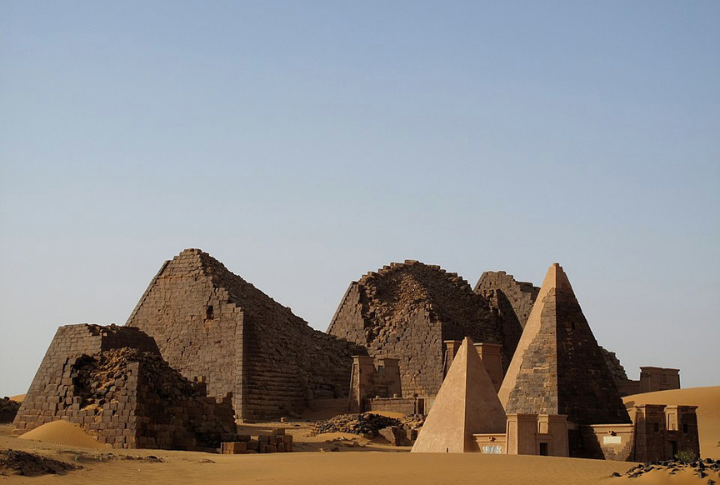
The Kingdom of Meroe succeeded the Kingdom of Kush and was centered on the city of Meroe near the Nile in modern-day Sudan. It is famous for its pyramids, which differ in style from Egypt’s by being smaller and steeper. These people also developed their own script, which remains partially deciphered.

